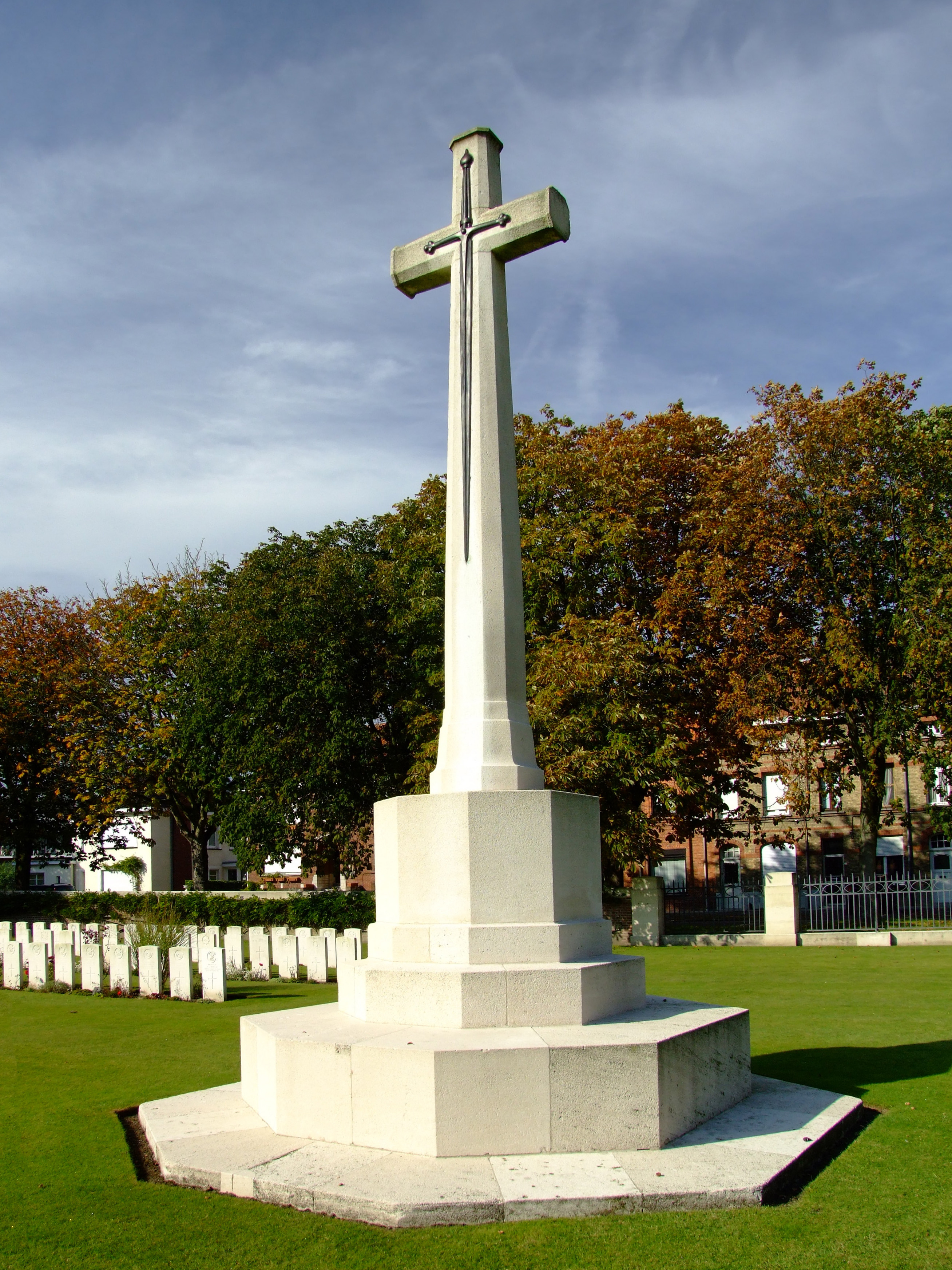|
Beechwood Cemetery
Beechwood Cemetery, located in the former city of Vanier in Ottawa, Ontario, is the National Cemetery of Canada. It is the final resting place for over 82,000 Canadians from all walks of life, such as important politicians like Governor General Ramon Hnatyshyn and Prime Minister Sir Robert Borden, Canadian Forces Veterans, War Dead, members of the Royal Canadian Mounted Police, and men and women who have made a mark on Canadian history. In addition to being Canada's National Cemetery, it is also the National Military Cemetery of Canada and the Royal Canadian Mounted Police National Memorial Cemetery. A woodland cemetery founded in 1873, it is and is the largest cemetery in the city of Ottawa. Honours and designations Beechwood has received various honours and designations because it is recognized as an example of 19th-century rural cemeteries and as a place of national significance and importance as a depository of Canadian history. It was designated as a National Historic S ... [...More Info...] [...Related Items...] OR: [Wikipedia] [Google] [Baidu] |
Cross Of Sacrifice
The Cross of Sacrifice is a Commonwealth war memorial designed in 1918 by Sir Reginald Blomfield for the Imperial War Graves Commission (now the Commonwealth War Graves Commission). It is present in Commonwealth war cemeteries containing 40 or more graves. Its shape is an elongated Latin cross with proportions more typical of the Celtic cross, with the shaft and crossarm octagonal in section. It ranges in height from . A bronze longsword, blade down, is affixed to the front of the cross (and sometimes to the back as well). It is usually mounted on an octagonal base. It may be freestanding or incorporated into other cemetery features. The Cross of Sacrifice is widely praised, widely imitated, and the archetypal British war memorial. It is the most imitated of Commonwealth war memorials, and duplicates and imitations have been used around the world. Development and design of the cross The Imperial War Graves Commission The First World War introduced killing on such a mass scale th ... [...More Info...] [...Related Items...] OR: [Wikipedia] [Google] [Baidu] |
